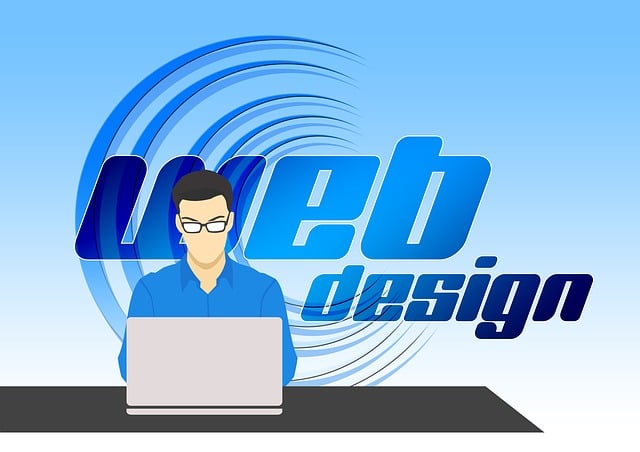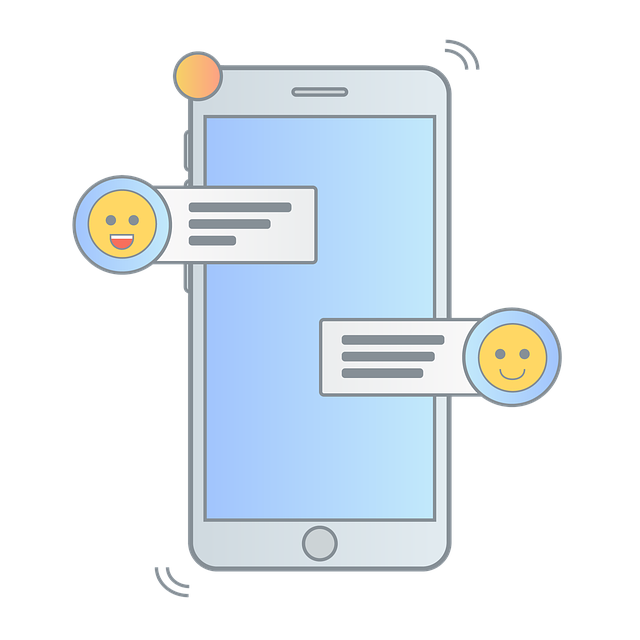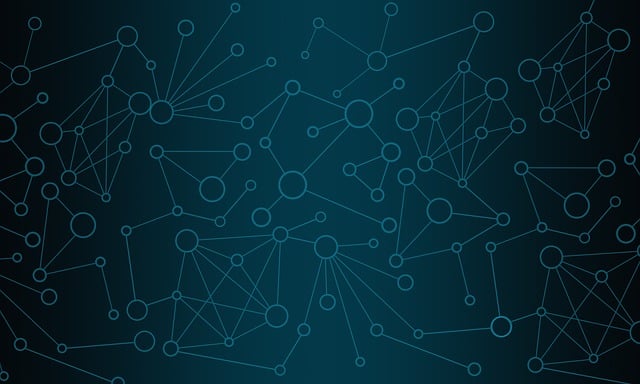The modern digital landscape is defined by minimalist aesthetics in web design, prioritizing simplicity for better user experiences. Responsive design ensures adaptability across devices, while micro-interactions add subtle animations for enhanced engagement. Dark Mode offers eye comfort, and interactive elements captivate users through animation and progressive disclosure. Personalized content delivery leverages AI for tailored experiences, and increased accessibility caters to diverse user needs, ensuring inclusive online environments. These latest web design trends collectively enhance user satisfaction and drive conversions in today's digital era.
In today’s digital landscape, staying ahead of the curve with the latest web design trends is paramount. From minimalist aesthetics that prioritize clean lines and spacious layouts, to responsive designs adapting seamlessly to every screen size, these innovations are transforming user experiences. Explore micro-interactions enhancing engagement through subtle animations, dark mode for improved eye comfort, interactive elements fostering content interaction, personalized content delivery, and inclusive accessibility features making web design more inclusive than ever.
Minimalist Aesthetics: Clean Lines and Spacious Layouts

In the realm of modern web design, minimalist aesthetics have emerged as a prominent and appealing trend among developers and businesses alike. This approach focuses on simplicity and clarity, where clean lines, ample whitespace, and well-spaced layouts become the cornerstone of an effective design strategy. By stripping down excess elements, designers create visually appealing and user-friendly interfaces that enhance the overall browsing experience. Minimalist designs not only make websites look elegant but also improve load times, making them a favorite among those keeping pace with the latest web design trends.
The beauty of this aesthetic lies in its ability to draw attention to content and key elements, ensuring users can navigate effortlessly. Whether it’s a simple color palette, concise typography, or strategic imagery placement, minimalist designs capture the essence of simplicity without sacrificing visual appeal. As we navigate the digital landscape, embracing these clean and spacious layouts has become crucial for creating websites that not only look stunning but also deliver exceptional user experiences, solidifying its place as a key aspect of the current web design trends.
Responsive Design: Adapting to Every Screen Size

In today’s digital era, one of the most significant shifts in web design is the rise of responsive design. This approach ensures that websites seamlessly adapt to various screen sizes and devices, from desktops to tablets and smartphones. It’s a crucial aspect of the latest web design trends, as users increasingly access the internet through mobile platforms. Responsive design not only enhances user experience but also boosts search engine optimization (SEO) rankings, making it a must-have for any modern website.
By utilizing flexible grids, flexible images, and CSS media queries, developers can create dynamic layouts that adjust content positioning based on the device’s screen dimensions. This adaptability ensures that every user enjoys an optimal viewing experience, regardless of their preferred platform. As web design continues to evolve, responsive design remains at the forefront, setting the standard for accessibility and versatility in the digital landscape.
Micro-interactions: Adding Subtle Animations for Enhanced User Experience

In the realm of modern web design, micro-interactions are emerging as a powerful tool to elevate user experiences. These subtle animations, though miniscule in nature, can have a significant impact on how users interact with websites and web applications. By integrating micro-interactions into designs, developers add a layer of responsiveness and feedback, making interfaces more engaging and intuitive. When users interact with an element—such as clicking a button or submitting a form—a brief animation can convey success, error, or loading states, providing real-time visual cues.
Micro-interactions are one of the latest web design trends that contribute to creating a seamless user journey. They not only enhance aesthetics but also serve as crucial indicators, ensuring users stay informed throughout their interaction. As the digital landscape evolves, these tiny animations can set apart exceptional websites, fostering user satisfaction and loyalty. Incorporating micro-interactions into the design process requires careful consideration of timing, style, and frequency to maintain a refined and intuitive user interface.
Dark Mode: A Growing Preference for Eye Comfort

In recent years, the adoption of Dark Mode has surged across various digital platforms, reflecting a growing preference for eye comfort and user experience. This latest web design trend isn’t just about aesthetics; it’s driven by scientific evidence suggesting that dark interfaces reduce strain on our eyes, especially in low-light environments. By minimizing the amount of light emitted from screens, Dark Mode helps lower the contrast between text and background, making reading and navigating easier for prolonged periods.
This shift towards Dark Mode is particularly relevant in today’s digital landscape where users engage with websites and apps extensively. It aligns perfectly with the latest web design trends, which prioritize user well-being and accessibility. As more users demand eye-friendly interfaces, developers are incorporating Dark Mode as a standard feature in their designs, ensuring that content remains readable and visually appealing for all users, regardless of lighting conditions.
Interactive Elements: Buttons, Forms, and Content Engagement

In the realm of modern web design, interactive elements play a pivotal role in enhancing user experiences and keeping visitors engaged. Buttons, forms, and content interaction are no longer merely functional; they have evolved into powerful tools to captivate audiences and drive conversions. The latest web design trends heavily emphasize creating dynamic interfaces that encourage user participation, fostering a sense of connection between the site and its visitors.
Interactive buttons, for instance, have gone beyond simple calls to action. They now incorporate animated effects, micro-interactions, and personalized visuals to grab attention and convey brand identity. Similarly, forms are no longer static data collection tools. With recent trends, forms are becoming more conversational, often utilizing progressive disclosure techniques to simplify complex processes. Content engagement is also being revolutionized through interactive features like sliders, carousels, and modal windows, allowing users to explore information in engaging, non-linear ways.
Personalized Content Delivery: Tailoring Experiences to Users

In the realm of modern web design, one of the most significant shifts is the emphasis on personalized content delivery. The latest web design trends heavily lean towards creating tailored experiences for users based on their unique preferences and behaviors. This strategy leverages advanced technologies like AI and machine learning to deliver customized content, ensuring each visitor feels understood and valued. By analyzing user data, websites can adapt their layouts, recommendations, and messaging in real-time, significantly enhancing engagement levels.
Personalized content delivery goes beyond mere aesthetics; it’s a strategic approach that deepens user connections with brands. Through tailored experiences, businesses can not only increase conversions but also foster a sense of loyalty among their audience. This involves presenting users with relevant products or services based on browsing history, offering location-specific content, and even dynamically changing website colors and themes to match individual preferences. As the web continues to evolve, this trend promises to revolutionize how we interact with digital spaces, making online experiences more meaningful and personalized for everyone.
Accessibility Features: Inclusive Design for All

In the realm of modern web design, one of the most significant shifts has been a greater emphasis on accessibility features. These are no longer merely nice-to-have components but integral parts of the latest web design trends. Inclusive design ensures that websites can be accessed and used by people with various disabilities, ranging from visual impairments to motor control issues. By implementing features like alternative text for images, proper color contrast, keyboard navigation, and responsive design, web designers are creating digital experiences that cater to a broader audience.
This shift towards accessibility isn’t just about compliance; it’s a testament to the evolving digital landscape where diversity and inclusion are becoming central themes. As our world becomes more interconnected, it’s crucial for web designers to embrace these latest web design trends to ensure that everyone can fully engage with online content. This means considering not just what looks good but also what works for everyone, fostering an inclusive environment that resonates with folks from all walks of life.
